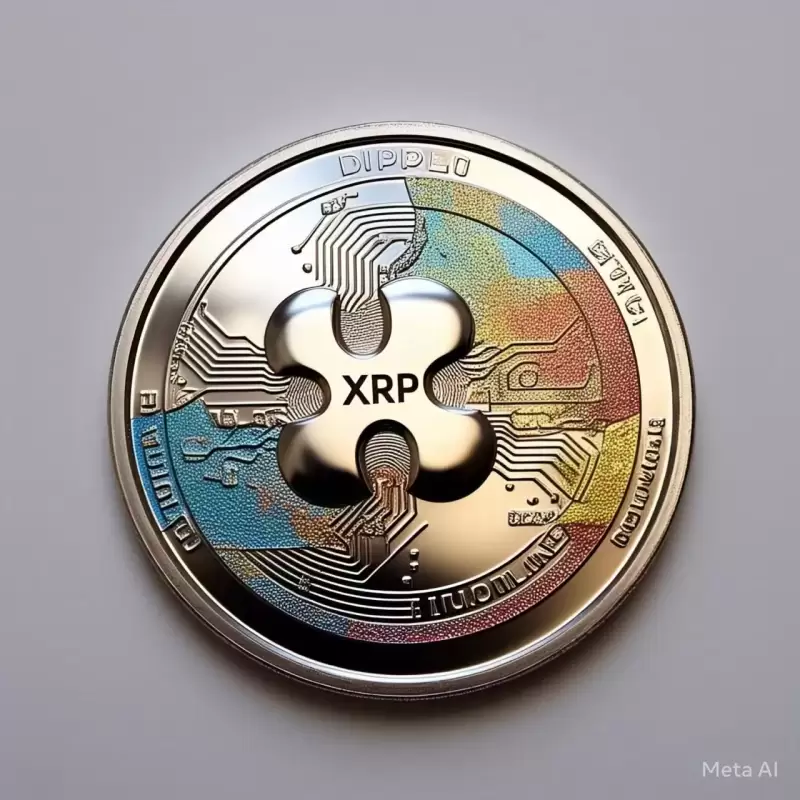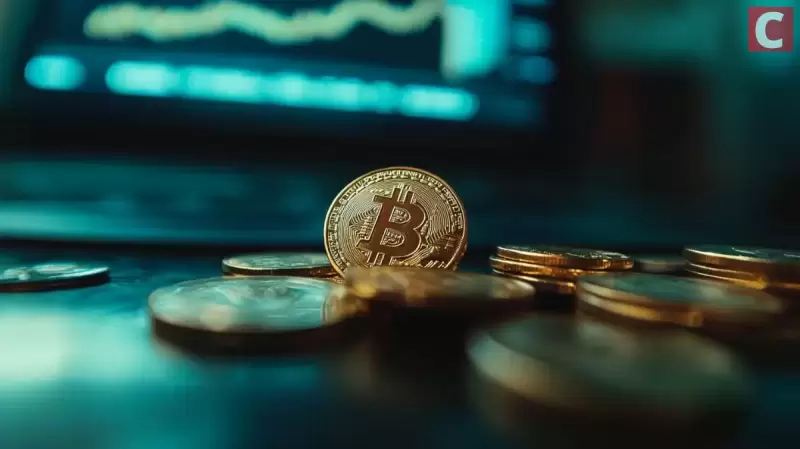 |
|
 |
|
 |
|
 |
|
 |
|
 |
|
 |
|
 |
|
 |
|
 |
|
 |
|
 |
|
 |
|
 |
|
 |
|
Cryptocurrency News Articles
Revisiting Satoshi Nakamoto's Nine-Page White Paper That Changed the Course of Financial History
Oct 08, 2024 at 01:06 am
As the crypto market is giddy with anticipation that an HBO documentary set to air on Tuesday is poised to unmask Satoshi Nakamoto

Bitcoin is set to take centre stage again with an HBO documentary that is expected to unmask Satoshi Nakamoto.
The pseudonymous creator of the world’s leading cryptocurrency has managed to remain anonymous for over a decade.
But now, crypto fans are giddy with anticipation that the documentary, set to air on Tuesday, will finally put an end to the greatest mystery in financial history.
They are also speculating on the fate of Satoshi’s $67 billion Bitcoin stash.
But even as we await the possible grand reveal, it is perhaps time to revisit the game-changing technological breakthroughs that Bitcoin brought about.
They were all in described in Satoshi’s nine-page white paper published on October 31, 2018.
The blueprint mapped a peer-to-peer cash electronic system. It also midwifed an industry now worth $2.3 trillion.
Here are three of the most important innovations:
Solving the double-spending problemBitcoin was not the first attempt at trustless money transfer where entities could transfer digital money without needing a central third party like a bank.
Many previous attempts failed because they could not prevent bad actors from duplicating digital money, a problem called double-spending.
Satoshi’s solution was to combine cryptography with economic incentives to encourage network participants to organise around a shared objective ― maintaining the Bitcoin network.
That solution birthed the blockchain, a sequence of irreversible time-stamped transactions arranged into digital blocks, that obeys the longest chain rule.
“We propose a solution to the double-spending problem using a peer-to-peer network,” the white paper stated.
The white paper described a P2P network of computer nodes that verify transactions and ensure their validity.
Once verified, those transactions cannot be reversed or modified ― a concept now known as finality in blockchain.
Mining with computersSatoshi’s solution to the double-spending problem went beyond simple network participants that work to verify transactions.
The Bitcoin creator devised an incentive model for honest participation in the form of mining.
Miners who contributed computing power to secure Bitcoin’s network were to be rewarded with newly minted coins.
Miners earned 50 Bitcoin in the network’s early days which amounts to $3.15 million.
Satoshi was among those early miners and is believed to have mined 1.1 million Bitcoin now worth $67.6 billion.
Miners today now earn 3.125 Bitcoin valued at $197,000. The block reward is reduced every four years based on a baked-in inflation control mechanism called the halving.
It’s not mentioned in the white paper but Satoshi hard-coded it into the protocol.
The white paper also suggested that miners could earn transaction fees.
Satoshi envisioned Bitcoin mining with simple computers and not the large data centres of today that contain run thousands of rigs.
Yet, the incentive structure described in the thesis paper still holds.
Satoshi even predicted that large miners would find it more profitable to continue earning block rewards, rather than defraud the network.
It’s all about the blockchainSatoshi combined existing disparate computing technologies ― digital signatures, proof of work, and time-stamped servers ― to create a single network that soon came to be called a blockchain.
Digital signatures that combine public and private key cryptography are used to create a hash for each Bitcoin transaction. Miners check the validity of those signatures to ensure there isn’t any double-spending.
The time-stamp server publicly broadcasts each verified hash added to the chain to create the blockchain.
While envisioned for P2P cash transfer in the white paper, blockchains have evolved for wide-ranging trustless verifications.
It’s now the technology that underpins the sprawling $2.3 trillion crypto market.
And in the future, it may be the technology that supports the tokenisation of the global financial market.
Disclaimer:info@kdj.com
The information provided is not trading advice. kdj.com does not assume any responsibility for any investments made based on the information provided in this article. Cryptocurrencies are highly volatile and it is highly recommended that you invest with caution after thorough research!
If you believe that the content used on this website infringes your copyright, please contact us immediately (info@kdj.com) and we will delete it promptly.
-

-

- MANTRA ($OM) Prepares for Another Breakout as Bullish Predictions, Regulatory Milestones, and Institutional Integrations Converge
- Apr 03, 2025 at 05:30 pm
- MANTRA ($OM), one of the breakout stars in the real-world asset (RWA) tokenization space, is making headlines again as bullish predictions, regulatory milestones, and institutional integrations converge to shape a promising outlook for Q2 2025.
-

-

- Solana (SOL) Struggles to Maintain Crucial Support Levels as Mutuum Finance (MUTM) Captures Investor Interest
- Apr 03, 2025 at 05:25 pm
- The cryptocurrency market is witnessing a turbulent period as Solana (SOL) struggles to maintain crucial support levels while a new player, Mutuum Finance (MUTM), is capturing investor interest with its promising presale figures.
-

- Bitcoin (BTC), Ethereum (ETH), and XRP Prices Dip as Whale Sell-offs, ETF Outflows, and Recession Fears Weigh on the Crypto Market.
- Apr 03, 2025 at 05:20 pm
- Bitcoin (BTC) price led the wider altcoin market, led by Ethereum (ETH) and XRP, in a bearish outlook in the past 24 hours. The flagship coin dropped over 1 percent
-

-

-

-





























































